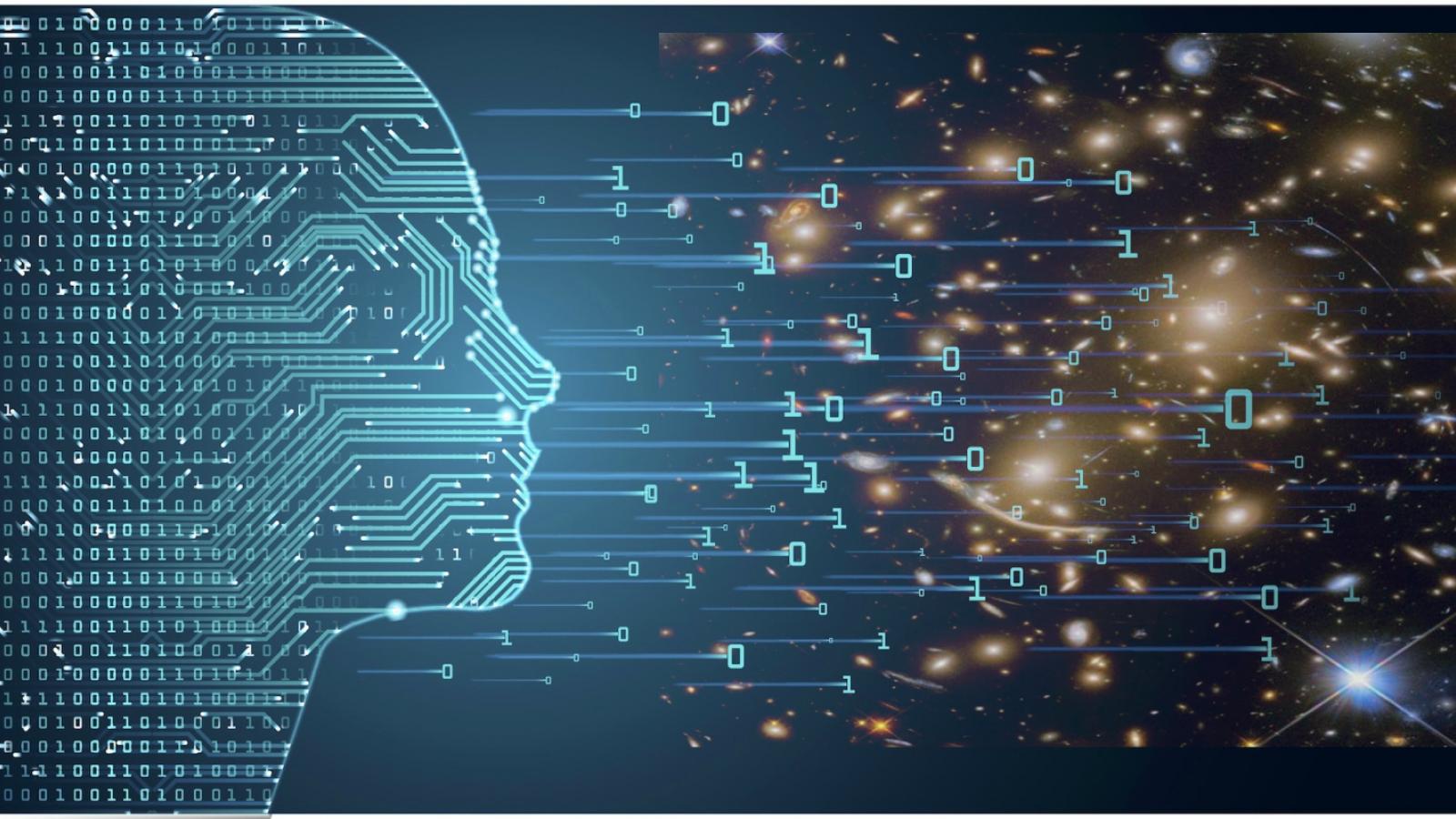What have we learned about planets, stars, galaxies, and the universe?
How have astronomers used data to draw conclusions?
What are the basic tools of modern astronomy? And their limitations?
Astronomy 1221, Astronomy Data Analysis, is a one-semester overview of data analysis in astronomy. The course will cover select topics in modern astronomy, combined with contemporary data analysis methods, illustrate how these data lead to scientific conclusions, and the limitations of data. The intended audience for the course is students with an interest in astronomy and the analysis of large datasets. The course will use the Python programming language. No prior knowledge of astronomy or Python is necessary.
Course Objectives
By the end of this course, students should successfully be able to:
- Understand the basic facts, principles, theories, and methods of modern science.
- Understand key events in the development of science and recognize that science is an evolving body of knowledge.
- Describe the interdependence of scientific and technological developments.
- Recognize the social and philosophical implications of scientific discoveries and understand the potential of science and technology to address problems of the contemporary world.
Astronomy 1221 will meet these expected outcomes by combining an overview of modern astronomy with the data and analysis methods used to draw these conclusions. Example astronomy topics include the solar system, stars, exoplanets, the Milky Way, galaxies, dark matter, and cosmology. These will be taught alongside analysis topics such as basic statistical methods, time series analysis, databases, classification methods, and machine learning.
Among the questions that you should be able to answer by the end of the course are the following:
- What objects make up our solar system?
- What are stars? How are they distributed in our Galaxy?
- What do we know about planets around other stars?
- How do we know that Dark Matter exists?
- What methods do astronomers use to study celestial objects?
- What are Dark Matter and Dark Energy?
Course Organization
This is a 3 credit hour course; each week, there will be 3 hours of lecture with occasional take-home assignments designed to explore some of the course topics in greater depth. For Arts and Sciences students in a Bachelor of Arts or Bachelor of Science program, this course meets the Arts and Sciences GE requirement of a natural sciences course without a laboratory component.
Course Catalog Description
Overview of data analysis in astronomy. The course will combine select topics in modern astronomy with contemporary data analysis methods implemented in the Python programming language, illustrating how astronomical data lead to scientific conclusions. It is intended for students with interest in astronomy and analysis of large data sets; prior astronomy experience not required.
Prerequisites/Corequisites:
Math 1141, 1151, or 1161
GEL Natural Science: Physical Science course. NS Admis Cond course.

